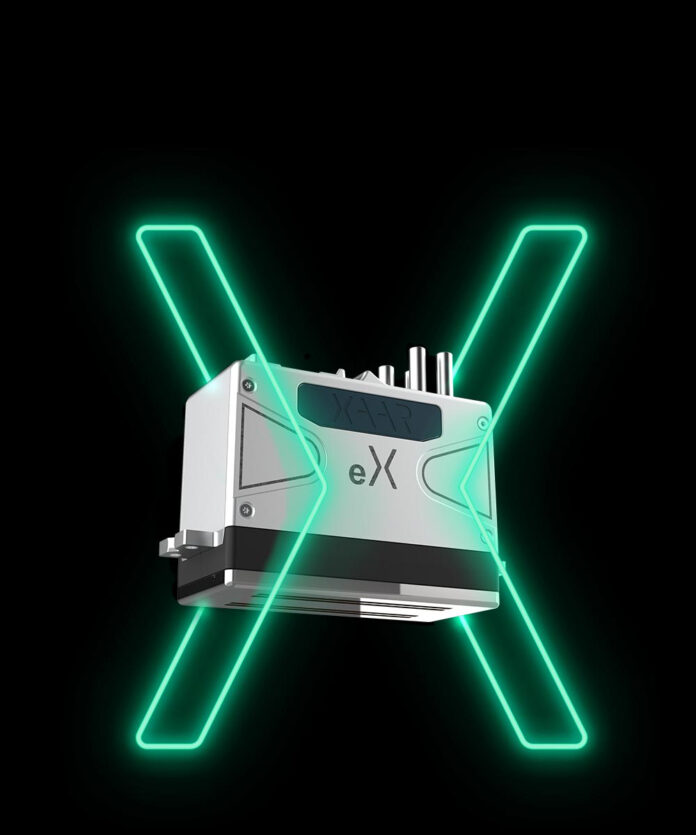Xaar, a prominent player in industrial inkjet technology, is making significant strides in the electric vehicle (EV) battery manufacturing industry by enhancing safety, efficiency, and sustainability. As demand for high-performance battery packs continues to rise, Xaar’s cutting-edge inkjet solutions offer a modern alternative to traditional coating methods. Through collaborations with industry leaders such as Shifang Intelligent Manufacturing Technology and Shenzhen Omijia Intelligent Technology Co., Ltd., Xaar is transforming the way battery coatings are applied, addressing challenges related to heat management, durability, and environmental impact.
The rapid expansion of the EV market has necessitated more robust battery coatings that can withstand higher voltages and prevent damage from tightly packed battery cells. Conventional methods, such as PET film coatings, have struggled to meet these demands, prompting a shift towards more efficient solutions. Xaar’s advanced printhead technologies, including TF Technology for consistent ink recirculation, Sure Flow self-cleaning capabilities, and High Laydown Technology, allow manufacturers to create uniform, high-performance coatings. These innovations not only enhance battery longevity but also contribute to improved safety standards across the industry.
Shifang Intelligent Manufacturing, based in Guangdong Province, has successfully integrated Xaar’s printheads into its production process, transitioning from traditional PET films to UV inkjet printing. This shift has led to a 30% reduction in material costs, with projections of further savings exceeding 50% as the company moves toward mass production of its proprietary inks. Additionally, the inkjet system’s 99% utilisation rate significantly reduces waste, making the process both cost-effective and environmentally friendly. Similarly, Shenzhen Omijia has leveraged Xaar’s printhead technology to develop UV inkjet solutions that enhance lithium-ion battery insulation coatings. These advancements ensure greater reliability, stability, and compliance with stringent safety regulations.







